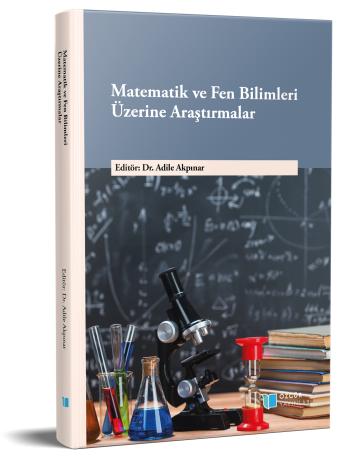
Synthesis and Optimization of Bioactive Silver Nanoparticles Using Staphylococcus Aureus Strain
Chapter from the book:
Akpınar,
A.
(ed.)
2023.
Research on Mathematics and Science.
Synopsis
The term nanoparticle refers to particles with dimensions of 100 nm and below. Unlike large structured substances, nanoparticles have their own physical, chemical, electronic, mechanical, magnetic, thermal, dielectric, optical and biological properties with their nano-sized structure. Due to these properties of nanoparticles, synthesizing nanoparticles has gained a very important dimension in recent years. Bacteria are more preferred for the synthesis of nanoparticles due to their abundant diversity in nature, ease of application, high activity, rapid growth rates, easy reproduction, pH and pressure.
In this study, it was aimed to use Staphylococcus aureus isolate, isolated from the soils in Ezine district in silver nanoparticle synthesis, to optimize the synthesis steps and to reveal the antimicrobial activity of the synthesized nanoparticle. Uv-Vis and Scanning Electron Microscope (SEM) analyses and the color change in the reaction proved that the isolate has the property of nanoparticle synthesis. However, the effect of AgNO3 concentration, pH and temperature on the synthesis steps was investigated. According to the results obtained, the isolate reaches the optimum production process at a concentration of 1 mM AgNO3, at 37 oC, pH 10. In addition, the obtained particle showed higher antagonistic effect than the comparative antibiotic against the bacteria Pseudomonas aeruginosa ATCC 27853, Staphylococcus haemolyticus and Acinetobacter baumannii ATCC 19606.

